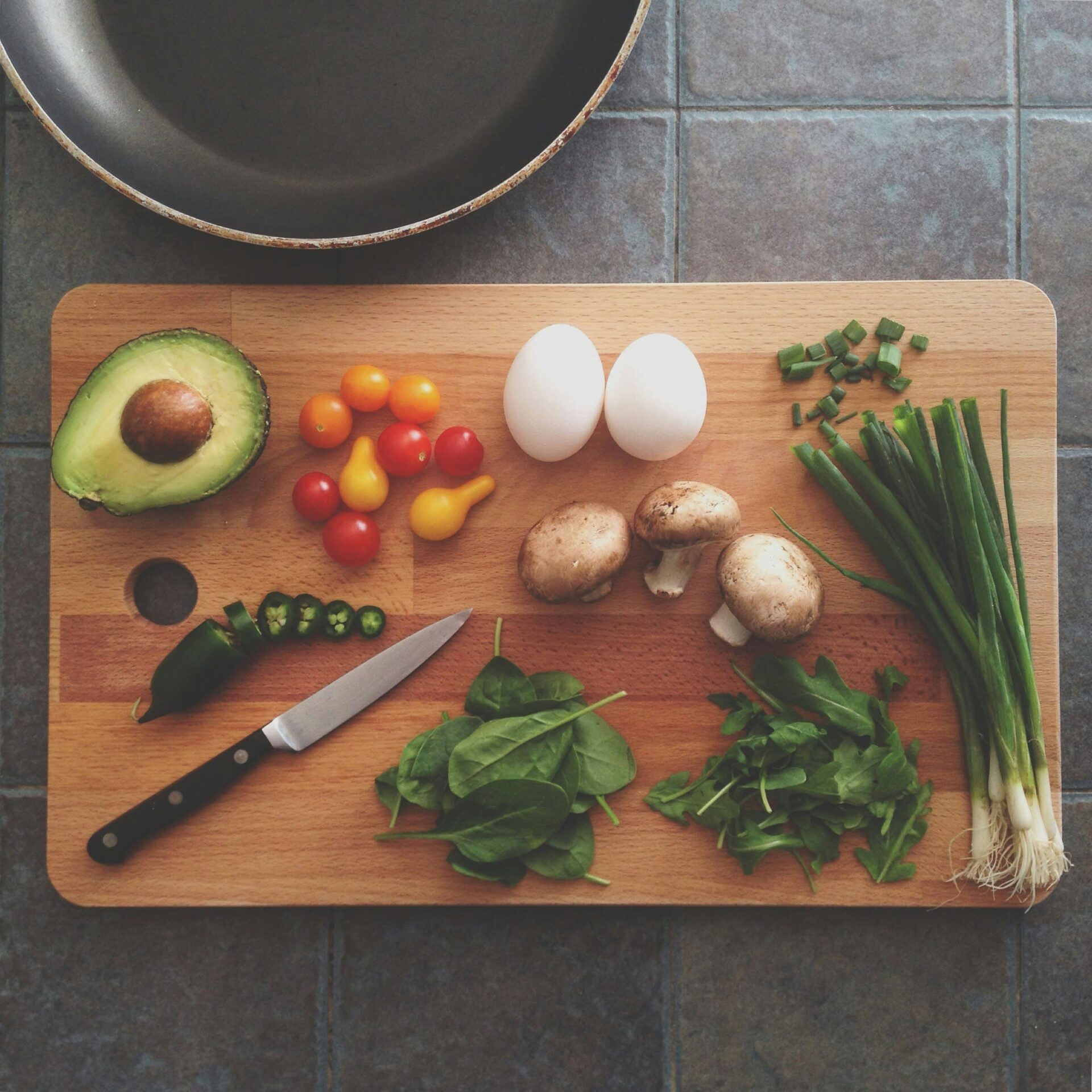Calorie Guide to Vietnamese Cuisine: The Charm of Healthy and Delicious Meals

Vietnamese cuisine is known for its fresh ingredients, simple cooking methods, and the generous use of vegetables and herbs, which have made it popular worldwide. Many people associate Vietnamese food with being healthy, but how do the calories actually stack up? In this article, we’ll take a closer look at the calorie content and nutritional value of popular Vietnamese dishes, and explore how Vietnamese meals achieve a healthy balance.
目次
1. Why Vietnamese Cuisine Is Considered Healthy
One of the reasons Vietnamese cuisine is considered healthy is the use of fresh ingredients. Many dishes incorporate plenty of vegetables and herbs, which are rich in vitamins and minerals. Additionally, Vietnamese food tends to feature fewer fried items and more steamed dishes or soups, which helps keep the calorie count low. Rice is the staple food, but rice noodles and light bread dishes like Banh Mi ensure a balanced intake of carbohydrates.
The use of simple seasonings like fish sauce (nuoc mam), lime, chili, and herbs allows Vietnamese cuisine to create deep flavors without relying on excessive oil or sugar. This balance of healthy ingredients and satisfying flavors is one of the key charms of Vietnamese cuisine.
2. Calorie Breakdown of Popular Vietnamese Dishes
Let’s take a look at some of the most popular Vietnamese dishes and their calorie counts. Below, we’ll discuss the calories and nutritional value of each dish.
2.1 Pho (Phở)
Pho is a simple dish made with rice noodles and broth. A typical bowl of chicken Pho (about 500g) contains approximately 350–400 calories. The beef version of Pho tends to be slightly higher in calories, at around 450 kcal. Since Pho is a soup-based dish with little oil, it is lower in calories compared to other noodle dishes. Adding fresh vegetables and herbs boosts the intake of vitamins and minerals.
2.2 Banh Mi (Bánh mì)
Banh Mi is a Vietnamese sandwich made with French bread filled with vegetables and meat. Depending on the size of the baguette and the fillings, one Banh Mi can contain around 350–500 calories. Banh Mi made with liver pâté or fried pork will have a slightly higher calorie count, but the sandwich is packed with vegetables, making it a well-balanced meal.
2.3 Goi Cuon (Gỏi cuốn)
Goi Cuon, or fresh spring rolls, are made with rice paper wrapped around shrimp, pork, and vegetables. One Goi Cuon contains approximately 60–100 calories, making it a low-calorie option perfect for those watching their weight. While dipping it in peanut sauce or chili sauce slightly increases the calorie count, it still remains lighter than most fried dishes.
2.4 Cha Gio (Chả giò)
Cha Gio, or fried spring rolls, are a fried version of spring rolls. One roll contains about 150–200 calories, making it a bit higher in calories compared to Goi Cuon. However, it’s still relatively low for a fried dish. Packed with pork, shrimp, and vegetables, it offers a satisfying and filling meal.
2.5 Banh Xeo (Bánh xèo)
Banh Xeo is a savory crepe made from rice flour and turmeric, filled with shrimp, pork, and vegetables. One serving contains about 350–400 calories. The dish is often eaten with lettuce and herbs, which adds a refreshing flavor, but since the crepes are pan-fried, the calorie count is slightly higher.
3. Tips for Enjoying Vietnamese Cuisine Healthily
While Vietnamese food is naturally balanced and lower in calories, here are a few tips to make your meals even healthier without compromising on flavor.
3.1 Choose Soup-Based Dishes
Vietnamese cuisine offers a variety of soup-based dishes like Pho, Hu Tieu, and Canh Canh. These dishes are often low in calories because they don’t rely on oil. The soups are also packed with vegetables and herbs, offering a nutritious and satisfying meal.
3.2 Include Plenty of Vegetables
Vegetables and herbs are a staple in Vietnamese cuisine. Dishes like Goi Cuon, Banh Xeo, and Bun Cha come with lettuce, mint, coriander, and other fresh herbs. Eating these dishes helps you reduce calories while increasing your intake of fiber and vitamins.
3.3 Be Mindful of Sauces and Dressings
While Vietnamese dishes are often seasoned with simple ingredients like nuoc mam (fish sauce), lime, and chili, some dishes are served with high-calorie sauces such as peanut sauce or sweet and sour dipping sauces. To keep the calorie count lower, you can control the amount of sauce you use or opt for nuoc cham, a lighter and tangier dipping sauce.
4. Vietnamese Cuisine’s Calorie Content and Its Impact on Diet
Vietnamese cuisine, in general, is low in calories and offers well-balanced nutrition. The generous use of fresh vegetables and herbs ensures that dishes are rich in vitamins, minerals, and fiber. Additionally, the use of simple seasonings like fish sauce, lime, and chili provides flavor without adding unnecessary calories.
For those on a diet, dishes like fresh spring rolls, Pho, and soup-based meals are ideal choices. These dishes are low in calories but still filling, providing a balanced intake of essential nutrients. Furthermore, Vietnamese cuisine tends to be lower in carbohydrates, making it a suitable option for those looking to reduce their carb intake.
Conclusion
Vietnamese cuisine is celebrated worldwide for being both healthy and delicious. With its lower calorie content and high nutritional value, it’s a perfect choice for anyone looking to maintain a balanced diet while enjoying flavorful meals. As shown above, the calorie content of Vietnamese dishes varies, but the use of vegetables, herbs, and light cooking methods helps keep the meals healthy and satisfying.
Incorporating Vietnamese food into your daily meals can help promote a healthy lifestyle. Even while being mindful of calories, you can still enjoy the great taste and satisfaction that Vietnamese cuisine provides.
(Photo by Unsplash.com)



